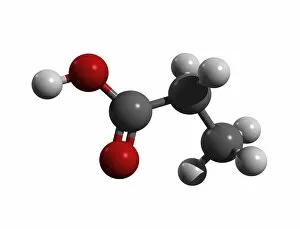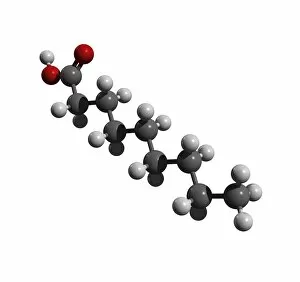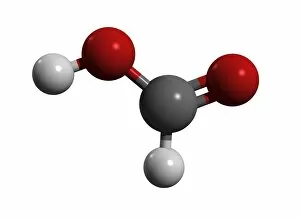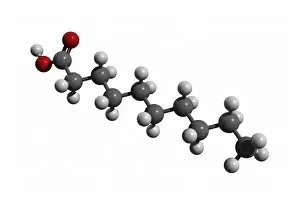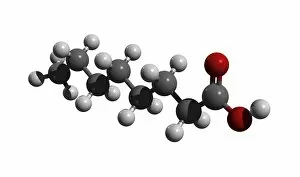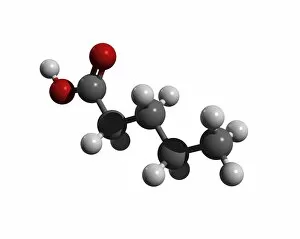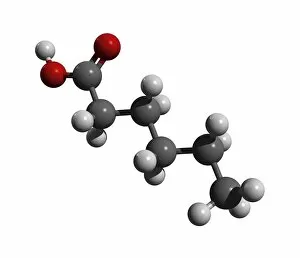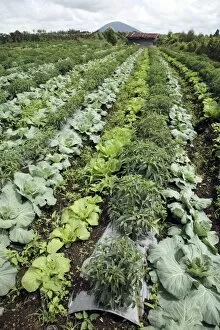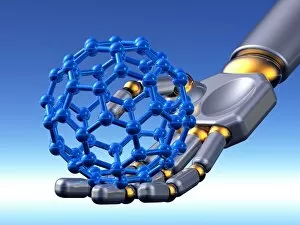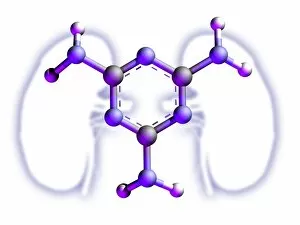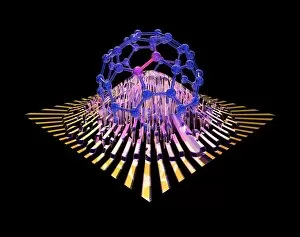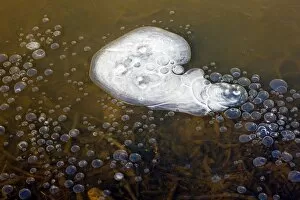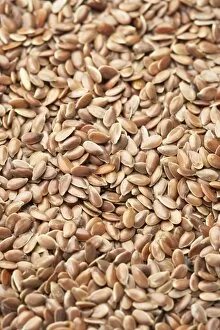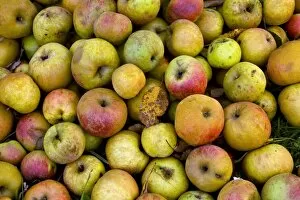Organic Collection (#67)
"Embracing the Organic Beauty
For sale as Licensed Images
Choose your image, Select your licence and Download the media
"Embracing the Organic Beauty: A Colorful Journey Around the World" From the vibrant buildings on Turks and Caicos islands to the majestic Pampulha Church in Belo Horizonte, Brazil, organic beauty can be found in every corner of our planet. Zooming in, we discover the intricate details of nature's bounty. The close-up shot of coriander leaves showcases their vivid green color and aromatic essence. Meanwhile, a pineapple stands tall as a symbol of tropical abundance - its golden skin exuding sweetness. Moving away from produce, we witness sustainable agriculture at work. A Valtra T151 tractor spreads nutrient-rich muck across an arable field in England during March - a testament to responsible farming practices. In Wales during April, a Hereford bull grazes peacefully on an organic farm nestled within rolling hills. Art enthusiasts appreciate Owen Jones Renaiss 78 for its exquisite craftsmanship and timeless design that captures the essence patterns found in nature. Similarly, pastinaca tender and true parsnips remind us that even humble vegetables possess their own unique charm. Stepping into science territory, we encounter caffeine's molecular structure - a reminder that even substances derived from nature can have profound effects on our daily lives. And while time may pass by swiftly like it did at Frome Market back in the 1930s, one thing remains constant: humanity's connection with natural wonders. As sunlight bathes Dartmoor Devon's horizon illuminating fields adorned with poppies amidst ripening barley glowing red against lush greenery; it serves as a gentle reminder to cherish Earth's ever-changing landscapes. Finally, Borough Market entices us with fresh bread and pastries displayed enticingly - reminding us that indulging in organic delights is not only nourishing for our bodies but also feeds our souls with pure joy.









